Therapeutic Uses Of Hyaluronan
Introduction
Hyaluronic acid, also known as hyaluronan, is a naturally occurring polysaccharide present in the human body. It performs various functions in biological processes including wound healing, tissue repair and cell migration. Recent studies indicate that hyaluronan exhibits properties that support its therapeutic applications. This article examines the therapeutic uses of hyaluronic acid and aims to improve understanding of its properties and applications.
Why is Hyaluronic Acid used in Medicine?
Hyaluronic acid is employed in the formulation of pharmaceutical preparations and in the support of medical procedures due to the following properties:
- Hydration: Primarily, hyaluronic acid exhibits a chemical structure in which carboxyl and hydroxyl groups bind with water. It can attract more than the 1 000-fold of its weight in water, thereby retaining water molecules from the surrounding environment over long periods.
- Cushioning: Secondly, it forms an integral part of the synovial fluid located between bones and cartilage. The fluid absorbs mechanical stress and provides cushioning. Consequently, joint movement is maintained with reduced wear, and deficiencies may lead to swelling, stiffness and joint pain.
- Anti-inflammatory: Finally, hyaluronic acid is associated with cell growth and differentiation. It exhibits an anti-inflammatory effect and supports the nutrient supply necessary for repairing damaged cells and promoting new cell growth.
Due to these attributes, pharmaceutical-grade hyaluronan is utilised in dermatology, ophthalmology and other medical fields.
What are the Clinical Applications of Hyaluronan?
--Skin Products
One common clinical application of hyaluronan is in the field of dermatology. It is used in skin care products because it provides moisture and volume. Dermal fillers manufactured from cross-linked hyaluronan molecules yield a prolonged effect. Stanford Advanced Materials (SAM) provides cosmetic-grade hyaluronic acid of high quality. Please submit an enquiry if further information is required.
--Eyes
Hyaluronan has been investigated for its potential therapeutic applications in ophthalmology. It is employed as a viscoelastic agent during cataract surgery and for the treatment of dry eye syndrome. Artificial tears formulated with hyaluronic acid may reduce symptoms such as ocular itching and redness. Hyaluronic acid is also used in several ophthalmic procedures including corneal transplants and the treatment of cataracts.

[1]
Figure 1. Four stages of dry eye disease (DED): transient ocular discomfort; chronic and severe pain; redness; lesions;
--Joint Injections
One notable property of hyaluronan is its capacity to bind water molecules, which confers lubricating and cushioning effects. This quality makes it appropriate for use in intra-articular injections for the treatment of osteoarthritis. Osteoarthritis is a degenerative joint disease characterised by cartilage degradation, resulting in pain and stiffness. Intra-articular injections of hyaluronan can reduce pain, improve joint function and delay the necessity for joint replacement surgery.
-Wounds
In addition to joint injections, hyaluronic acid is applied in the management of chronic wounds. Such wounds often result from underlying conditions such as diabetes or poor circulation. Evidence shows that hyaluronan dressings promote wound healing by maintaining a moist environment that supports new tissue growth and reduces the risk of infection.
-Burns
Hyaluronic acid is also applied in the treatment of burns. Burns can cause significant tissue damage and carry risks of infection and scarring. Hyaluronan dressings have been shown to promote the healing process and reduce scar formation in patients with burn injuries.
-Cancers
Research indicates that hyaluronic acid plays a role in the development and progression of certain cancers, including breast and prostate cancer. Studies have demonstrated that hyaluronan facilitates tumour cell migration and invasion. Both clinical and experimental evidence reveal that the production and fragmentation of hyaluronic acid by tumour and peritumoural stromal cells contribute to tumour progression. Consequently, targeted application of hyaluronan may represent a promising method for cancer therapy.
Further reading: Guide to Pharmaceutical-Grade Sodium Hyaluronate 2023: Functions and Applications
Conclusion
In summary, hyaluronan is a multifunctional molecule that, owing to its ability to provide moisture and cushioning, is employed in dermatology, ophthalmology, joint treatment and wound healing. Stanford Advanced Materials (SAM) has extensive experience in the production and distribution of hyaluronic acid in medical, cosmetic, injectable and food-grade forms, available in various molecular weights. Please visit our homepage to locate the appropriate hyaluronic acid products for your projects.
References:
[1] Yazdani M, Elgstøen KBP, Rootwelt H, Shahdadfar A, Utheim ØA, Utheim TP. Tear Metabolomics in Dry Eye Disease: A Review. International Journal of Molecular Sciences. 2019; 20(15):3755. https://doi.org/10.3390/ijms20153755
[2] Yao, Q., Wu, X., Tao, C. et al. Osteoarthritis: pathogenic signaling pathways and therapeutic targets. Sig Transduct Target Ther 8, 56 (2023). https://doi.org/10.1038/s41392-023-01330-w
[3] Front. Immunol., 10. Mai 2019 Sek. Cancer Immunity and Immunotherapy Volume 10 - 2019 | https://doi.org/10.3389/fimmu.2019.00947

 Bars
Bars
 Beads & Spheres
Beads & Spheres
 Bolts & Nuts
Bolts & Nuts
 Crucibles
Crucibles
 Discs
Discs
 Fibers & Fabrics
Fibers & Fabrics
 Films
Films
 Flake
Flake
 Foams
Foams
 Foil
Foil
 Granules
Granules
 Honeycombs
Honeycombs
 Ink
Ink
 Laminate
Laminate
 Lumps
Lumps
 Meshes
Meshes
 Metallised Film
Metallised Film
 Plate
Plate
 Powders
Powders
 Rod
Rod
 Sheets
Sheets
 Single Crystals
Single Crystals
 Sputtering Target
Sputtering Target
 Tubes
Tubes
 Washer
Washer
 Wires
Wires
 Converters & Calculators
Converters & Calculators
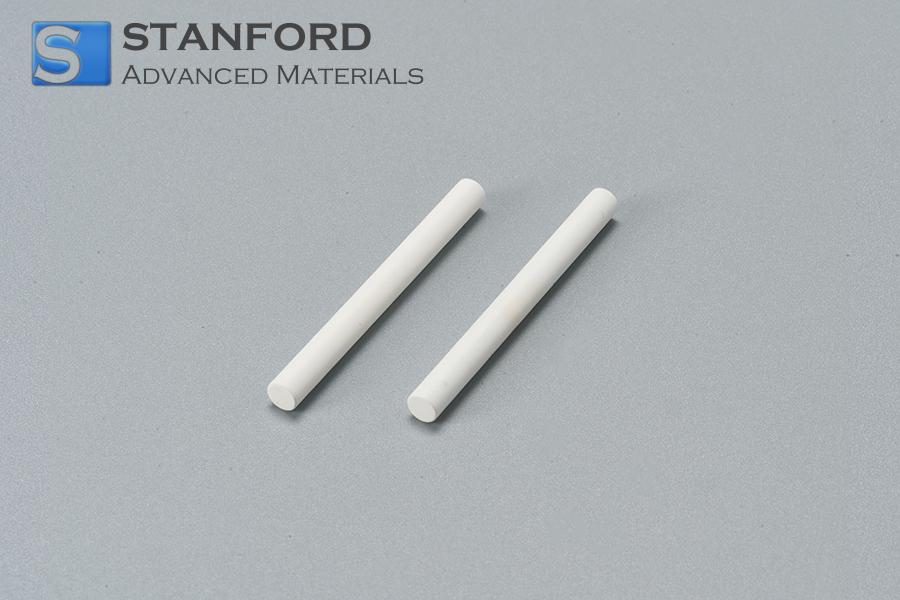
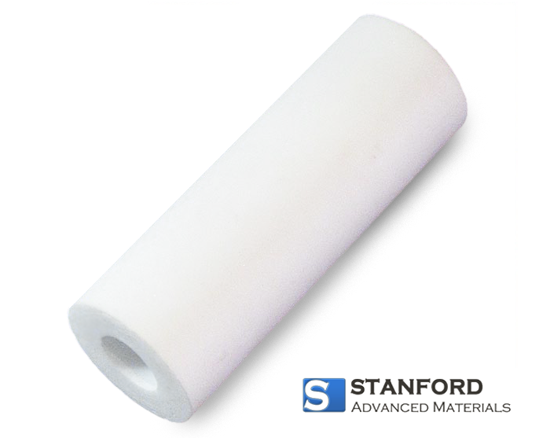
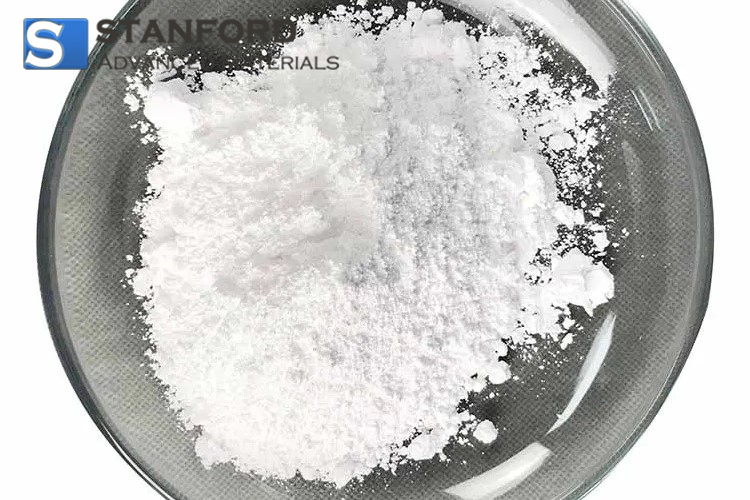
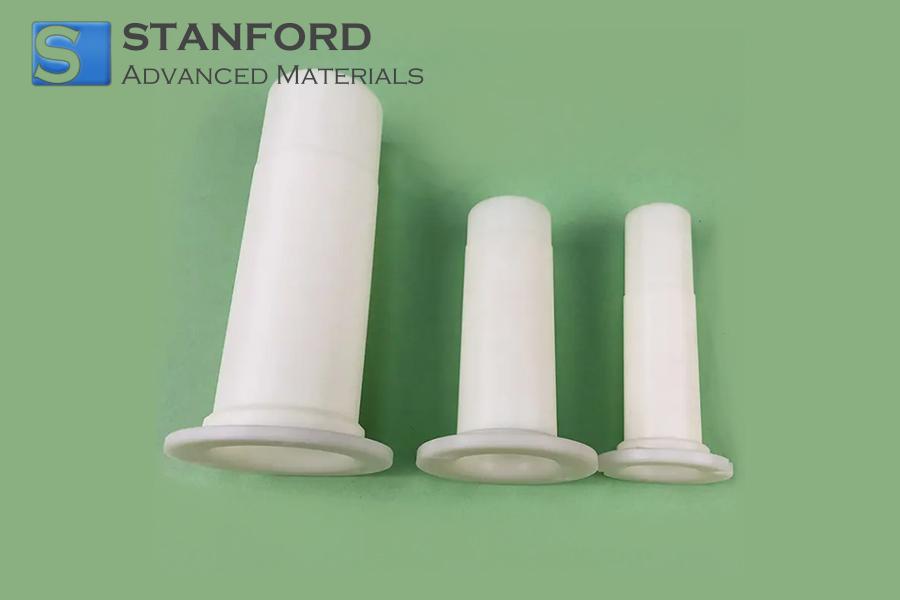
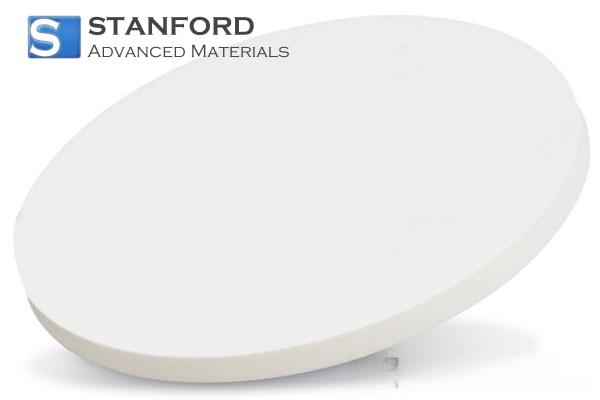
 Chin Trento
Chin Trento



